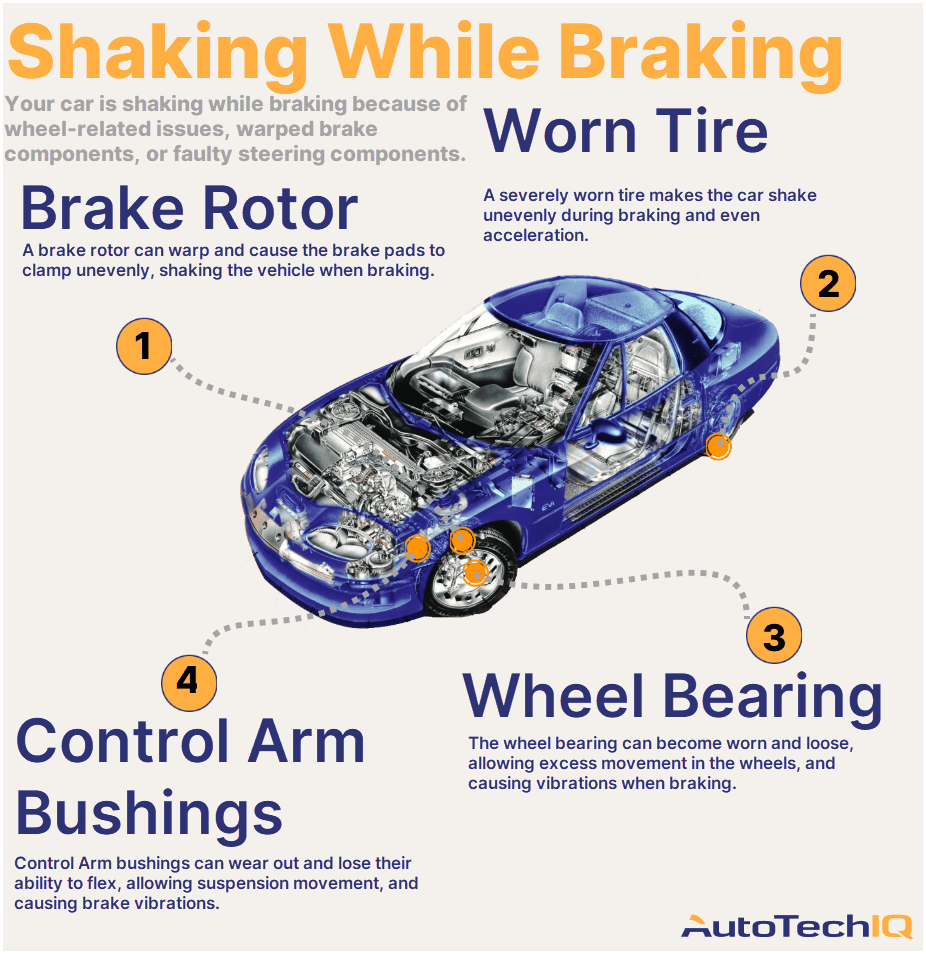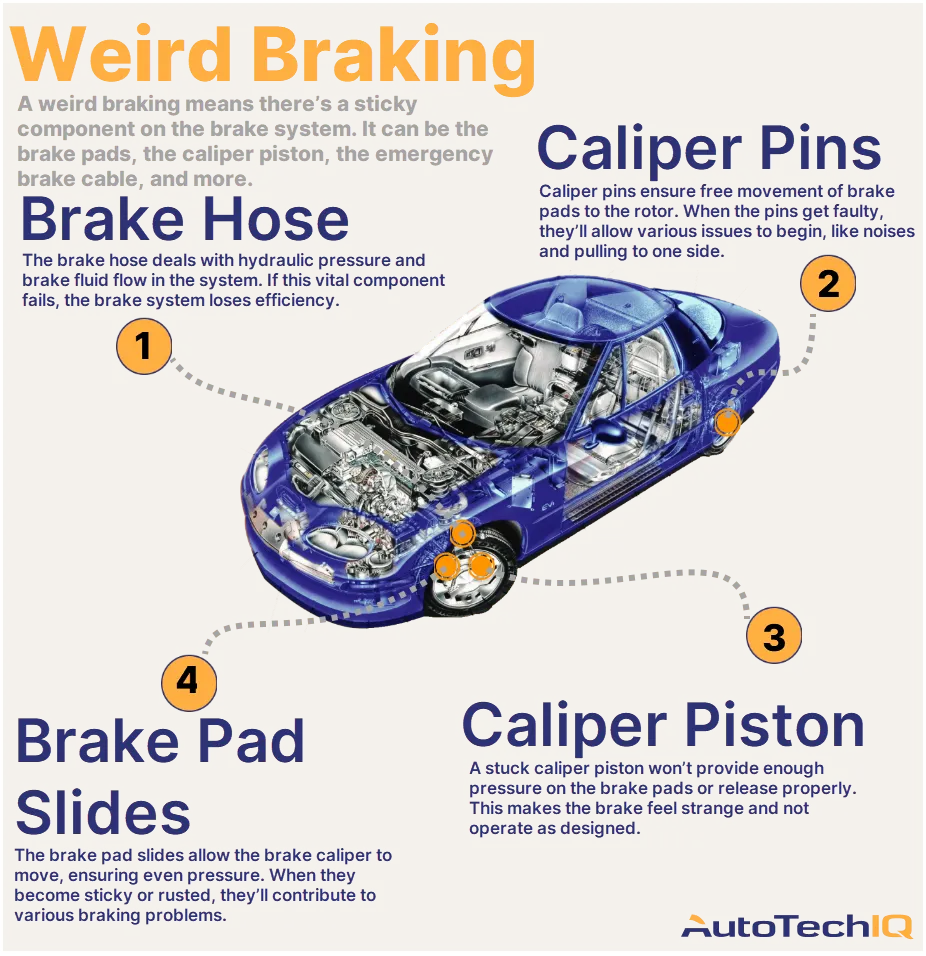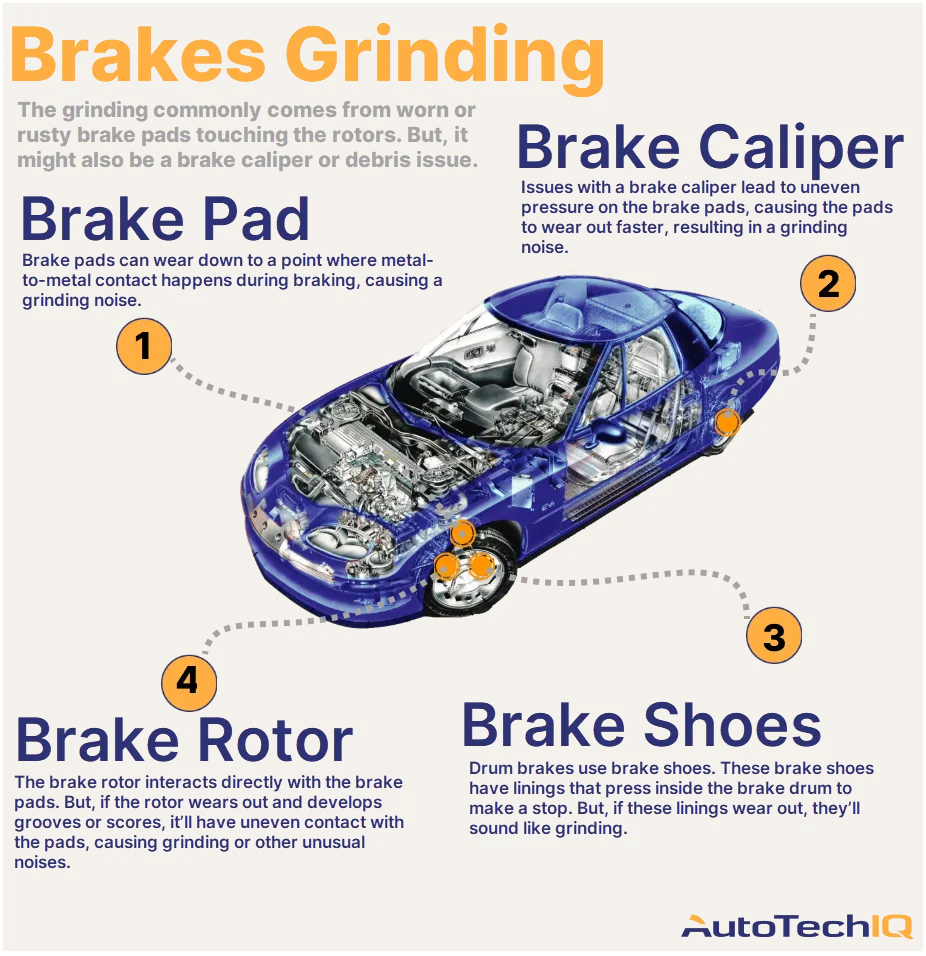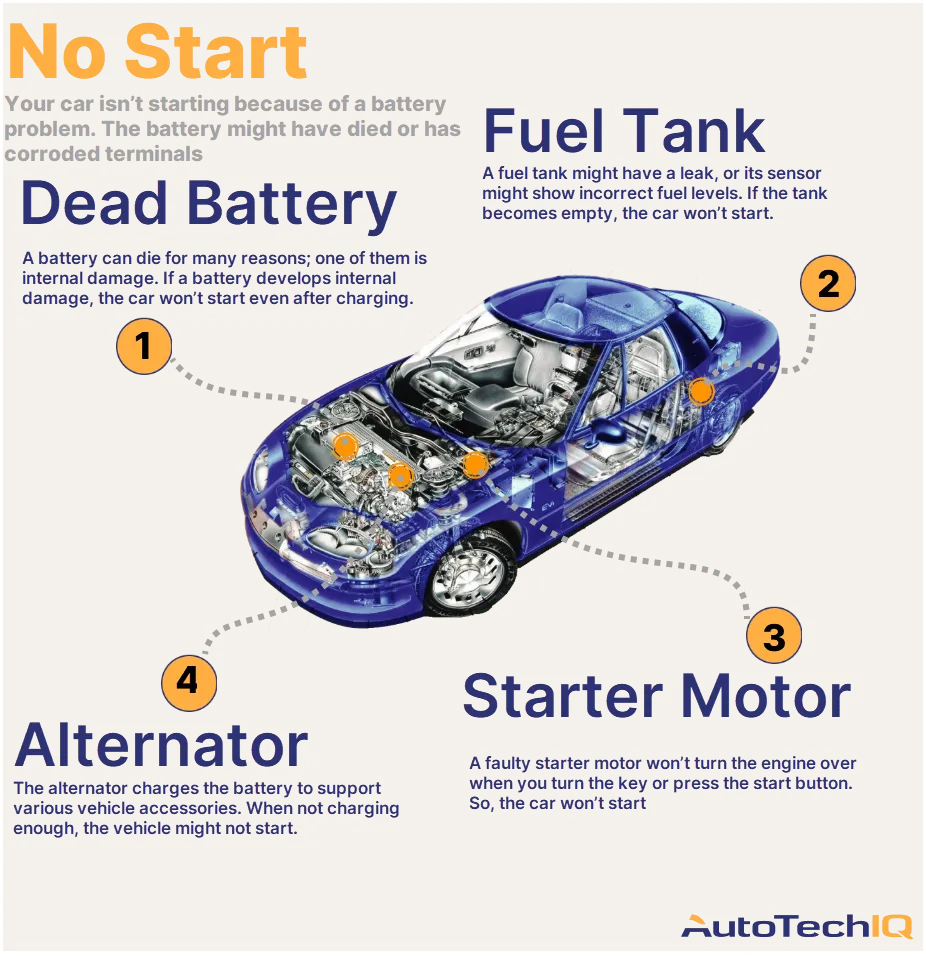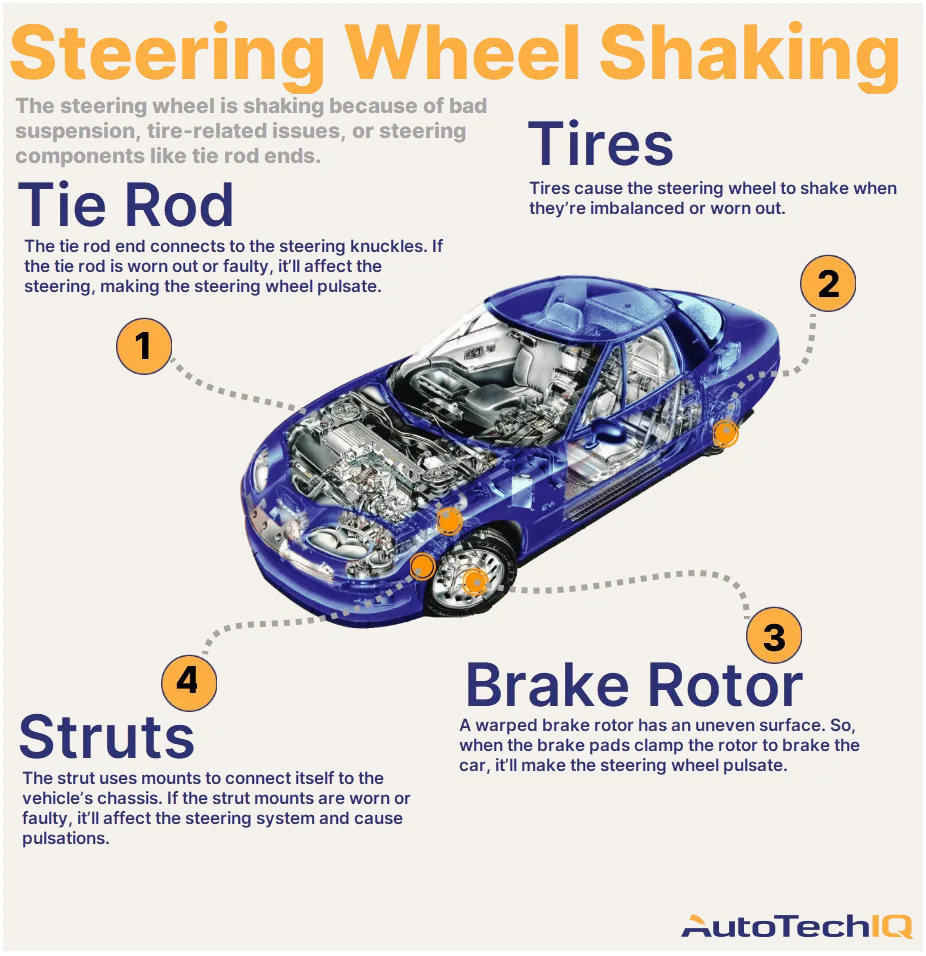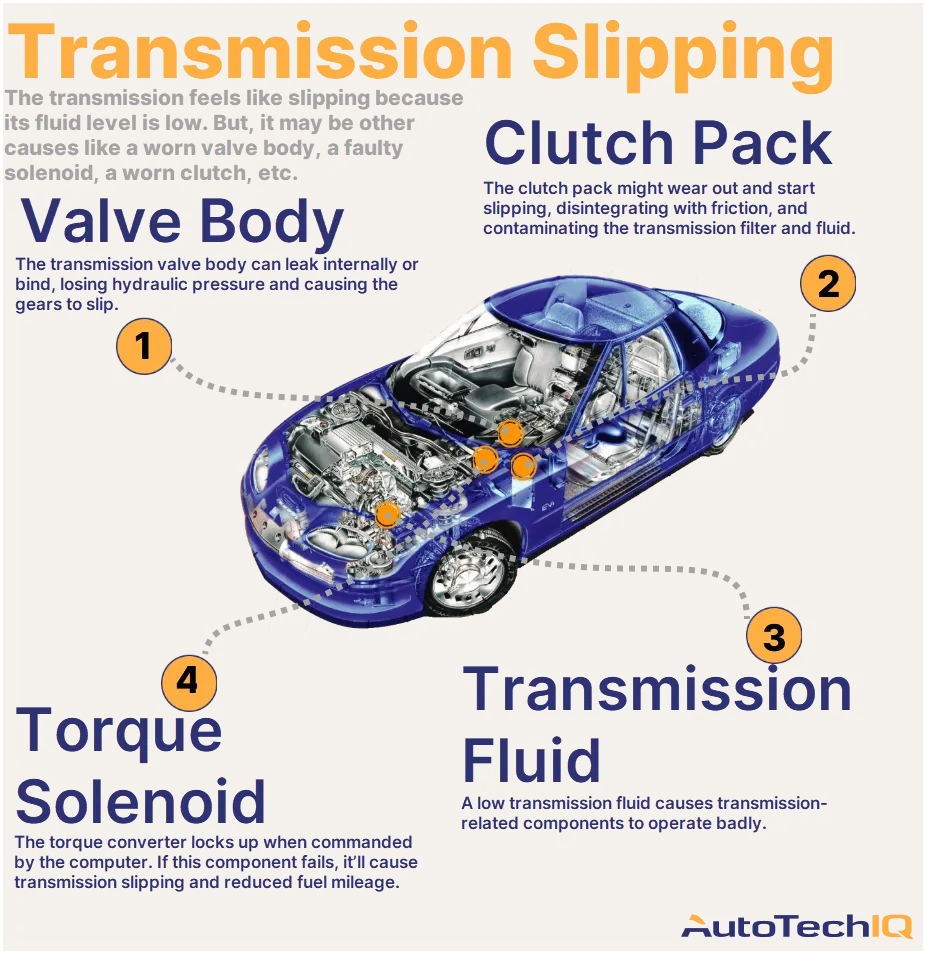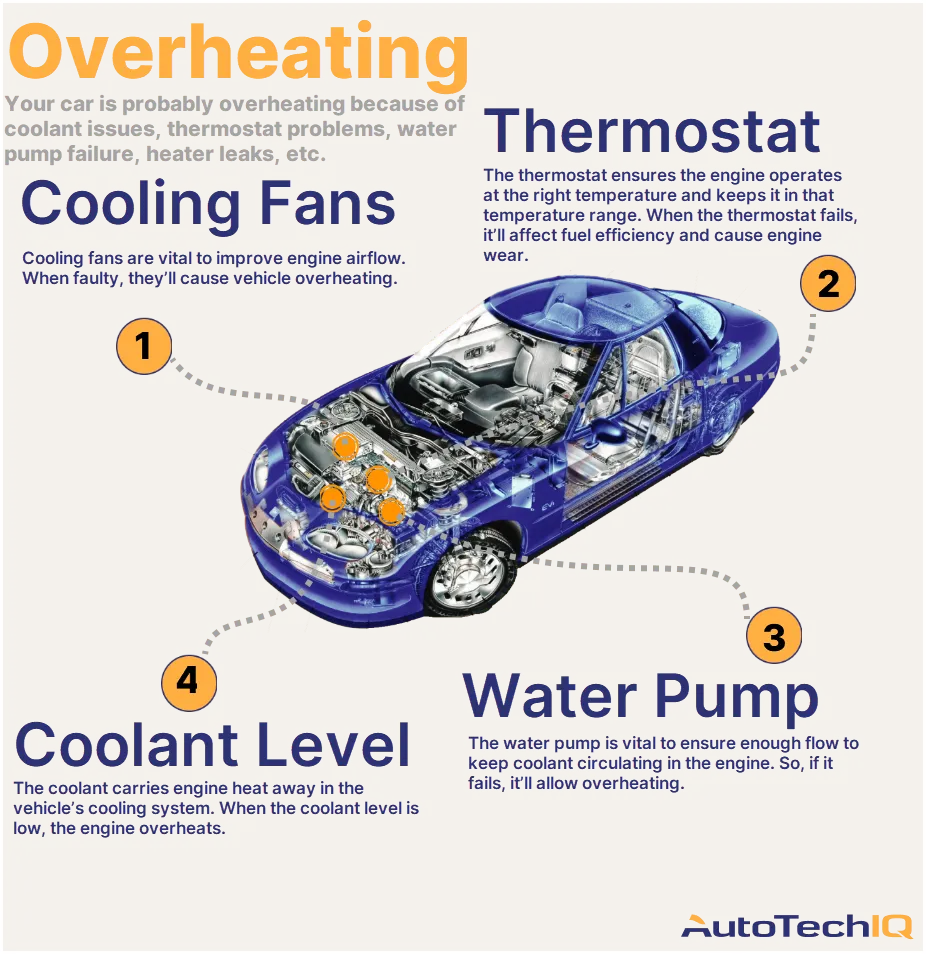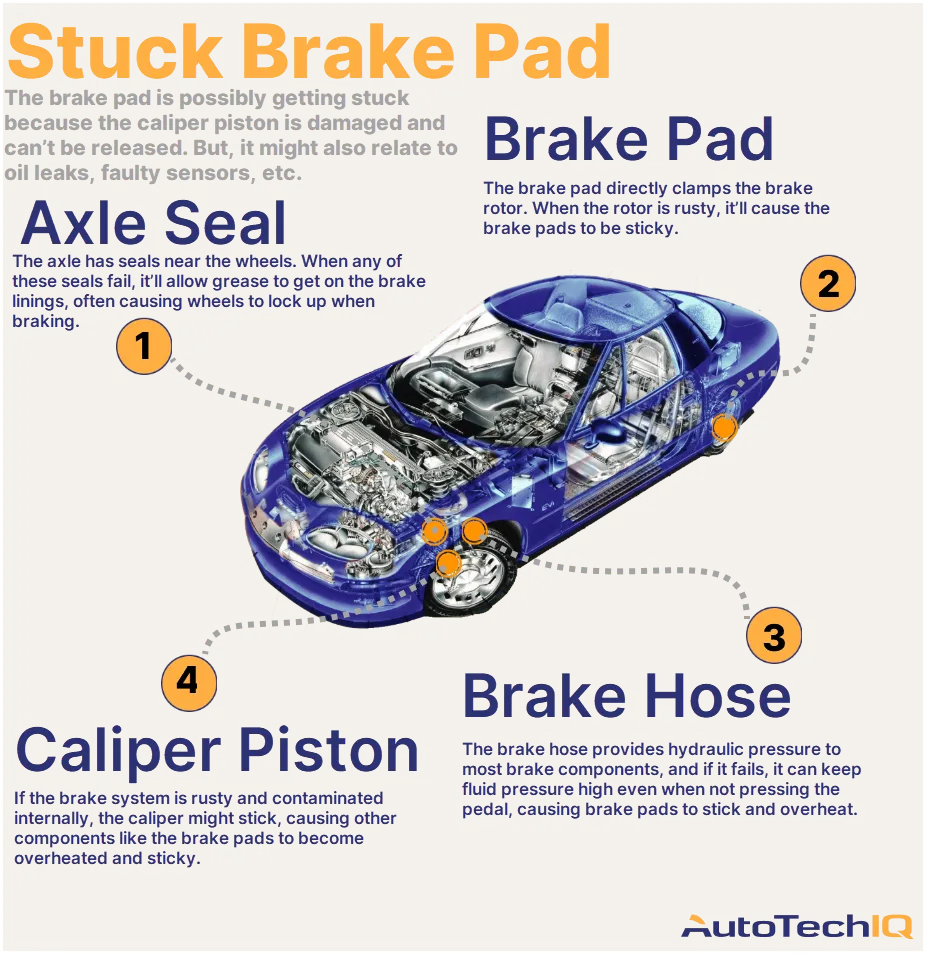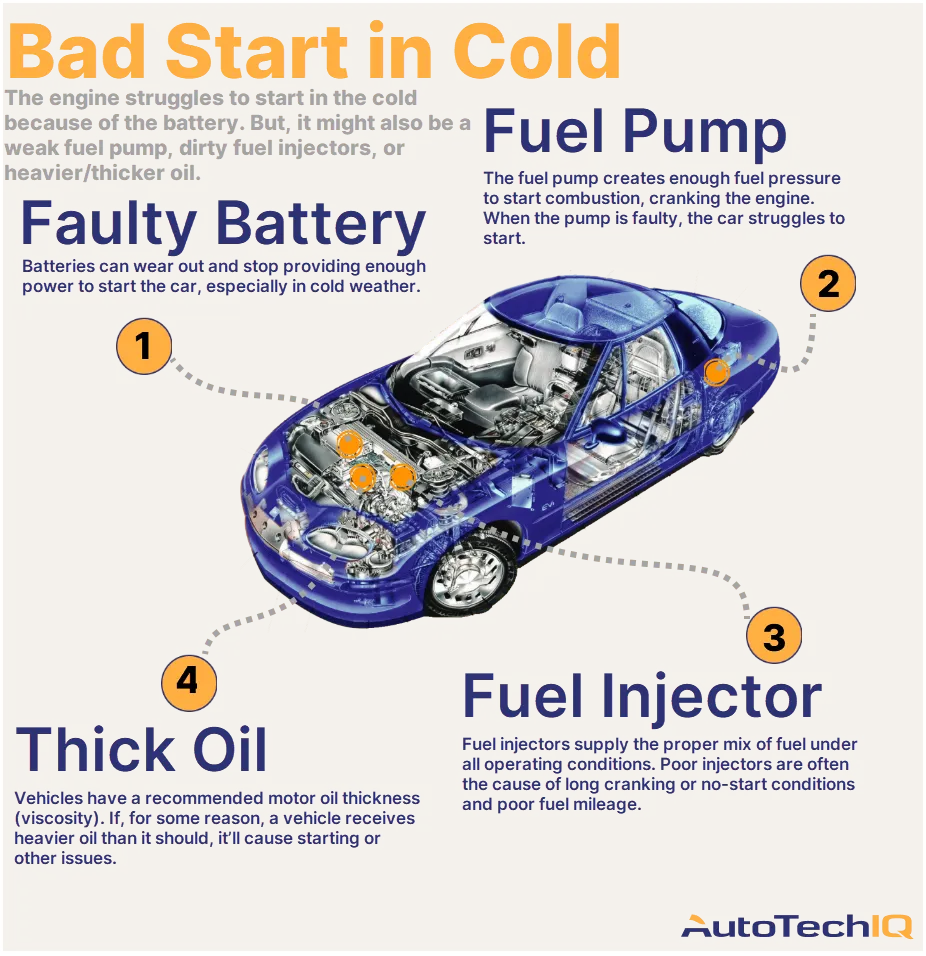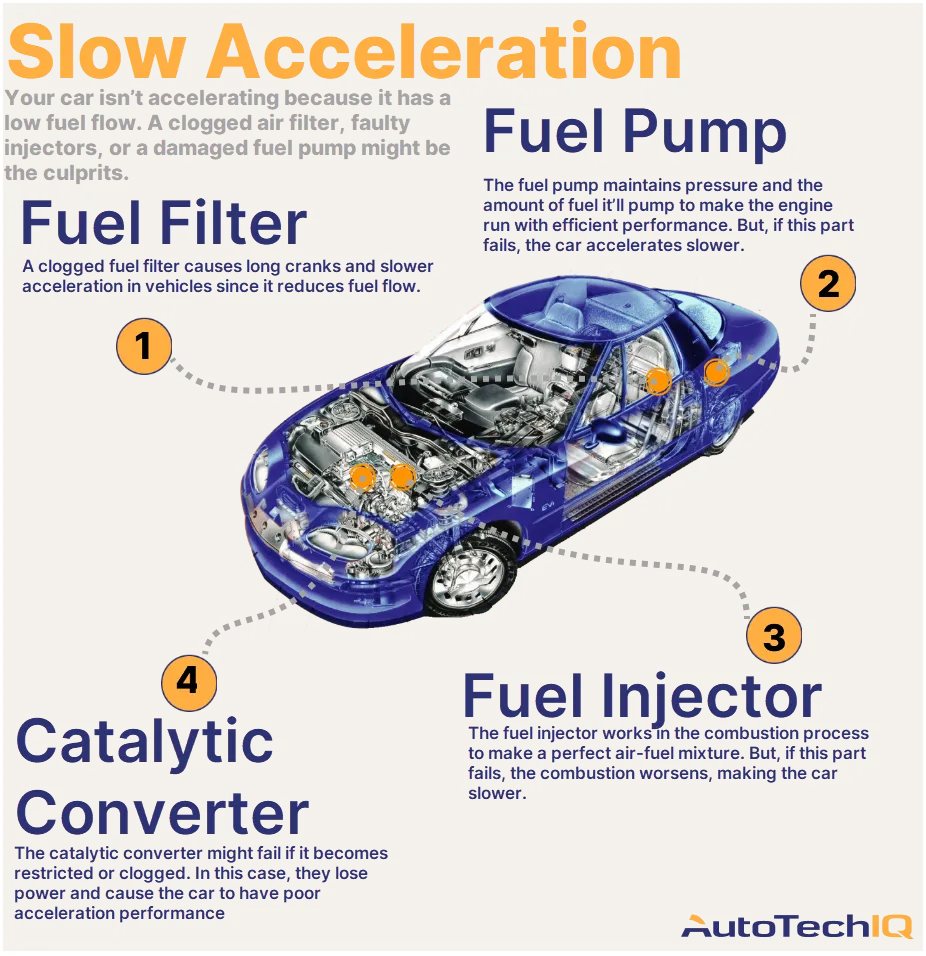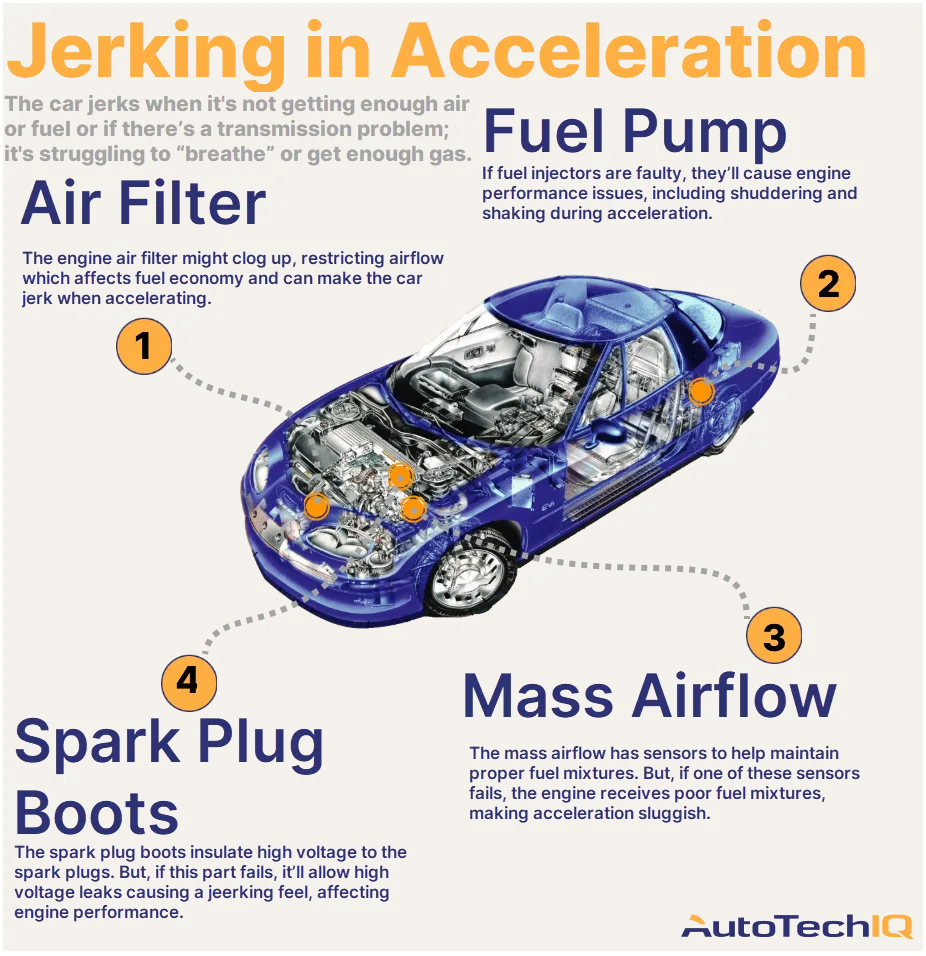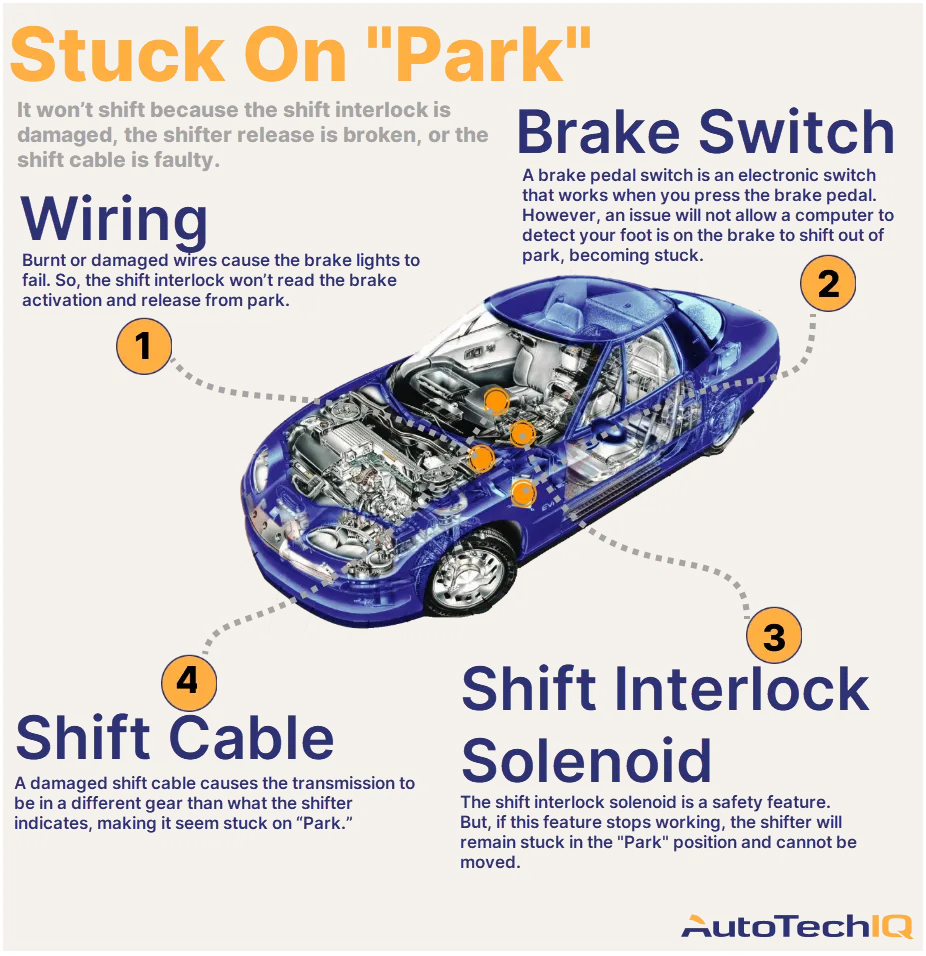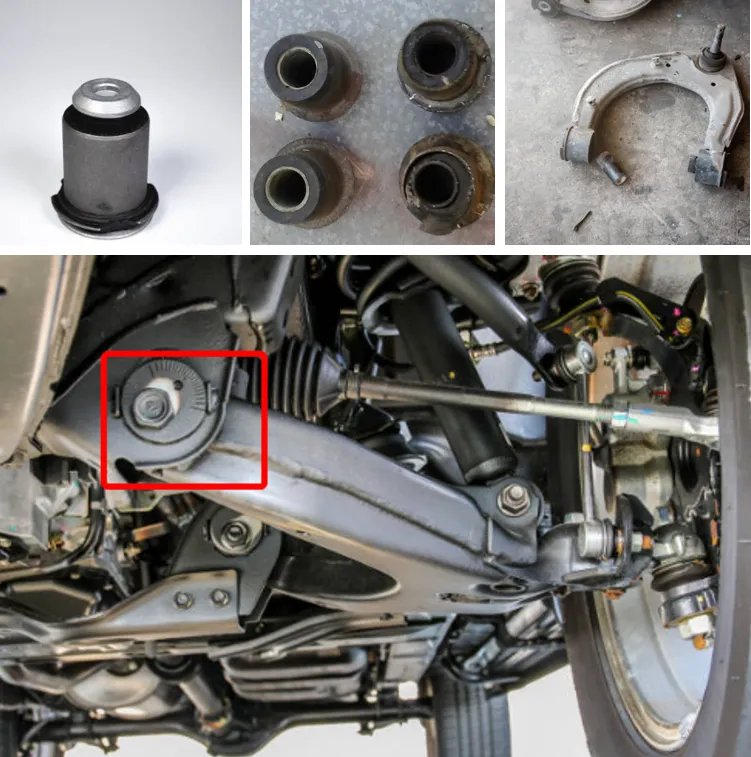
The silent block is a rubber-metal hinge. Necessary in order to reduce various noise and vibration in the area of the connection points of the suspension units.
This element has a cylindrical shape and consists of 3 parts
- Outer sleeve. This is the most durable part, made of steel and having stiffeners.
- Inner sleeve. At its core, it is an all-metal bushing.
- Space between bushings. This is the space between the outer part and the core, which is filled with polyurethane foam, rubber or other polymer elastic material.
The functionality of the Silent Block is simple; it allows two different articulated suspension parts to have limited movement relative to each other, while being in an elastic connection. It is impossible to feel this elasticity manually - it will seem that the outer cylinder and the inner core are rigidly connected. However, if elements weighing hundreds of pounds, and even those that are dynamic, are connected in this way, then the unit in question will be able to effectively protect them from damage to each other, and will also absorb all shocks and vibrations. With their help, parts of the lower arms last much longer.
Signs of a malfunction that require you to contact a repair shop:
- The presence of a dull knock in the suspension when driving on uneven roads;
- Deviation from a straight course when driving on a straight road;
- Skewed or bent lever
It is best that the chassis diagnostics be carried out by specialized car service specialists.
When diagnosing a specific hinge, you do not need to perform installation; first, a visual inspection of the silent block is carried out; the rubber part of the worn silent block will be clean, this is due to the fact that large fluctuations of the outer part occur relative to the inner. Accordingly, a good silent block has a dirty rubber part. Next, to be completely sure, you just need to swing this connection of the car with a pry bar and carefully monitor its behavior. If it begins to make sounds and make high-amplitude vibrations, this indicates that it needs to be changed. But remember: Silent blocks are paired parts, if you install one new silent block, then you need to change the symmetrical one too.
There is no need to delay replacing faulty silent blocks.
It should be understood that the more difficult the operating conditions of the car's chassis, the more often it is necessary to inspect it and replace parts, and secondly, with regular off-road travel, silent blocks will have to be changed 2 times more often.
Silent block material
- Most often, rubber is used as an elastomer in the production of silent blocks. A cheaper elastic material that effectively dampens vibrations of different frequencies and amplitudes.
- More expensive parts use rubber made from natural rubber (usually such joints are marked with the letters NR - Natural Rubber).
- More budget options for silent blocks contain artificially synthesized elastomers, for example a mixture of synthetic rubber and polyurethane. And although such a mixture dampens vibrations worse than natural rubber, such silent blocks are cheaper, and they fully serve out their service life.


